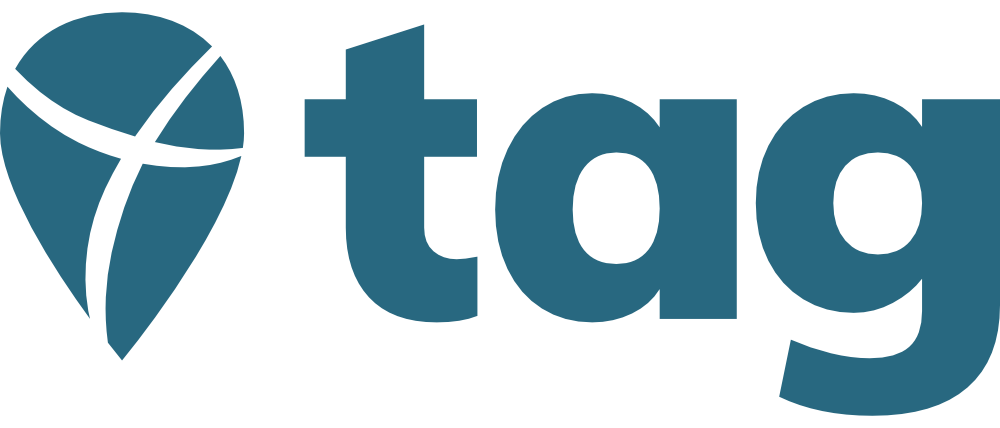ISTE 2024: Tech-Powered Climate Action in the Classroom
ISTE 2024 provided numerous insights and tips for educators, particularly those focused on integrating technology into their classrooms. Here is what our climate action education enthusiasts walked away with when thinking about technology education through the lens of climate.










